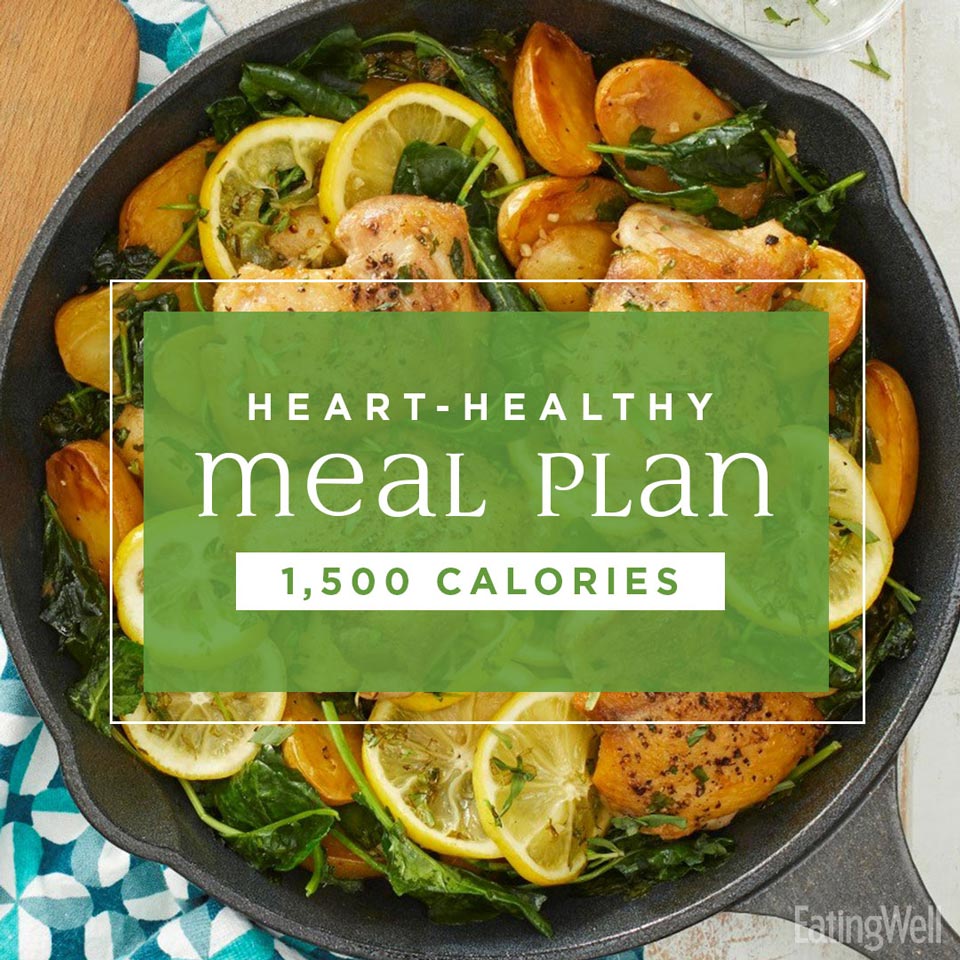
The food group charts include seven basic types nutrition for the human body: carbohydrates, proteins. lipids. vitamins. minerals. fiber. Everybody should consume at least one of these nutrients on a daily basis to stay healthy and grow strong. Vegetables can be a poor source for protein so you should replace them with lean meats or fish. You may consider including legumes and uncooked grain as a source of protein. These sources have more protein than the four- to six percent average.
Children between the ages 10 and 11 may feel self-conscious or anxious about their appearance, and they might attempt to lose weight. It is crucial to teach them that not everyone is the same size. This is why they should eat food from all five food group, while avoiding foods high in sugar and fat. These foods are also low on sugar and saturated oil. Aside from this, children should stick to foods from all five food groups, as these are the ones that are full of vitamins and minerals.

These foods are just a few of the many food groups. Many cultures have their own versions of this chart to include their favorite foods. A dietary pyramid is a list of the five most common food groups. It includes the "A, B," C, C, D" and "D". You should also look for the appropriate amounts of each of these foods in your daily diet. The MyPlate website and food guide pyramid provide a wealth of information about healthy eating habits and how to improve your overall health. The USDA website's food chart is the most beloved.
To include more fruits, vegetables and other healthy foods in your daily life, you should ensure that you are getting enough of each food group. To do this, you can look at the food Pyramid for each food type. Different food groups contain different amounts of vitamins and minerals. Orange vegetables, for example, have higher levels of vitamin A than those made from white potatoes. A good way to get all of the nutrients you need in one serving is to add a serving of each type of fruit and vegetable to your daily meal.
The Food Guide Pyramid displays how much of each food type should you eat daily and in what amount. The food pyramid includes symbols for sugar and fat, as well as the recommended amount for each food group. The pyramid's most important component is fat and sugar. It is recommended that you limit your intake to 30% of your daily calories. It is important to include dairy and some protein, along with fruits, vegetables, and meat.

The food pyramid lists all the food types in the world. Because the food pyramid is designed to benefit humans, it requires that a person eat different foods from each group. Meat is an important source of protein in the US. It can also provide significant amounts of vitamin B12 and zinc. It is crucial to select the best meat for your child's specific age.
FAQ
How can I live the best life possible every day?
The first step towards living your best life everyday is to find out what makes you happy. Once you have a clear understanding of what makes you happy you can go backwards. Asking other people how they live their best lives every day is also a good idea.
Dr. Wayne Dyer's book "How to Live Your Best Life" is also available. He talks about how to find happiness and fulfillment at all stages of our lives.
How can you live a healthy life?
Living a healthy lifestyle includes eating right, exercising regularly, getting enough sleep, managing stress, and having fun! Eating well means avoiding processed foods, sugar, and unhealthy fats. Exercise is good for your body and muscles. Sleeping well improves concentration and memory. Stress management is a way to reduce anxiety levels and depression. Fun is key to staying young and vibrant.
Is being cold good for your immune system.
Being cold gives you a weaker immune system because when you are cold, your body produces less white blood cells which fight infections. But, cold makes you feel better. Your brain releases endorphins that reduce pain.
What is the difference among a virus or a bacterium and what are their differences?
A virus can be described as a microscopic organism that cannot reproduce in another cell. A bacterium is a single-celled organism that reproduces by splitting itself in two. Viruses are small, around 20 nanometers in size. Bacteria are much larger, at 1 micron.
Viruses are usually spread through contact with infected bodily fluids, including saliva, urine, semen, vaginal secretions, pus, and feces. Bacteria can be spread by direct contact with infected objects and surfaces.
Viruses may enter the body through cuts, scrapes. bites, or any other break in the skin. They can also enter the body through the mouth, nose, eyes and ears, vaginal, rectum or anus.
Bacteria can enter the body through wounds. They can also be introduced to our bodies by food, water and soil.
Both viruses and bacteria can cause illness. Viruses cannot multiply in their host cells. Viral infections can only cause diseases in living cells.
Bacteria can spread within the host and cause illness. They can spread to other parts of our bodies. That's why we need antibiotics to kill them.
What's the difference between a calorie and kilocalorie?
Calories are units that measure how much food has energy. A calorie is a unit of measure. One calorie contains the energy needed to raise the temperature of one gram of water by one degree Celsius.
Kilocalories are another way to describe calories. Kilocalories measure in thousandths a calorie. 1000 calories, for example, equals one kilocalorie.
Statistics
- WHO recommends reducing saturated fats to less than 10% of total energy intake; reducing trans-fats to less than 1% of total energy intake; and replacing both saturated fats and trans-fats to unsaturated fats. (who.int)
- This article received 11 testimonials and 86% of readers who voted found it helpful, earning it our reader-approved status. (wikihow.com)
- Extra virgin olive oil may benefit heart health, as people who consume it have a lower risk for dying from heart attacks and strokes according to some evidence (57Trusted Source (healthline.com)
- nutrients.[17]X Research sourceWhole grains to try include: 100% whole wheat pasta and bread, brown rice, whole grain oats, farro, millet, quinoa, and barley. (wikihow.com)
External Links
How To
How to keep yourself motivated to exercise and eat well
Staying healthy is possible with these motivation tips
Motivational Tips For Staying Healthy
-
Make a list of your goals
-
Set realistic goals
-
Be consistent
-
When you reach your goal, reward yourself
-
If you fail the first time, don't lose heart
-
Have fun